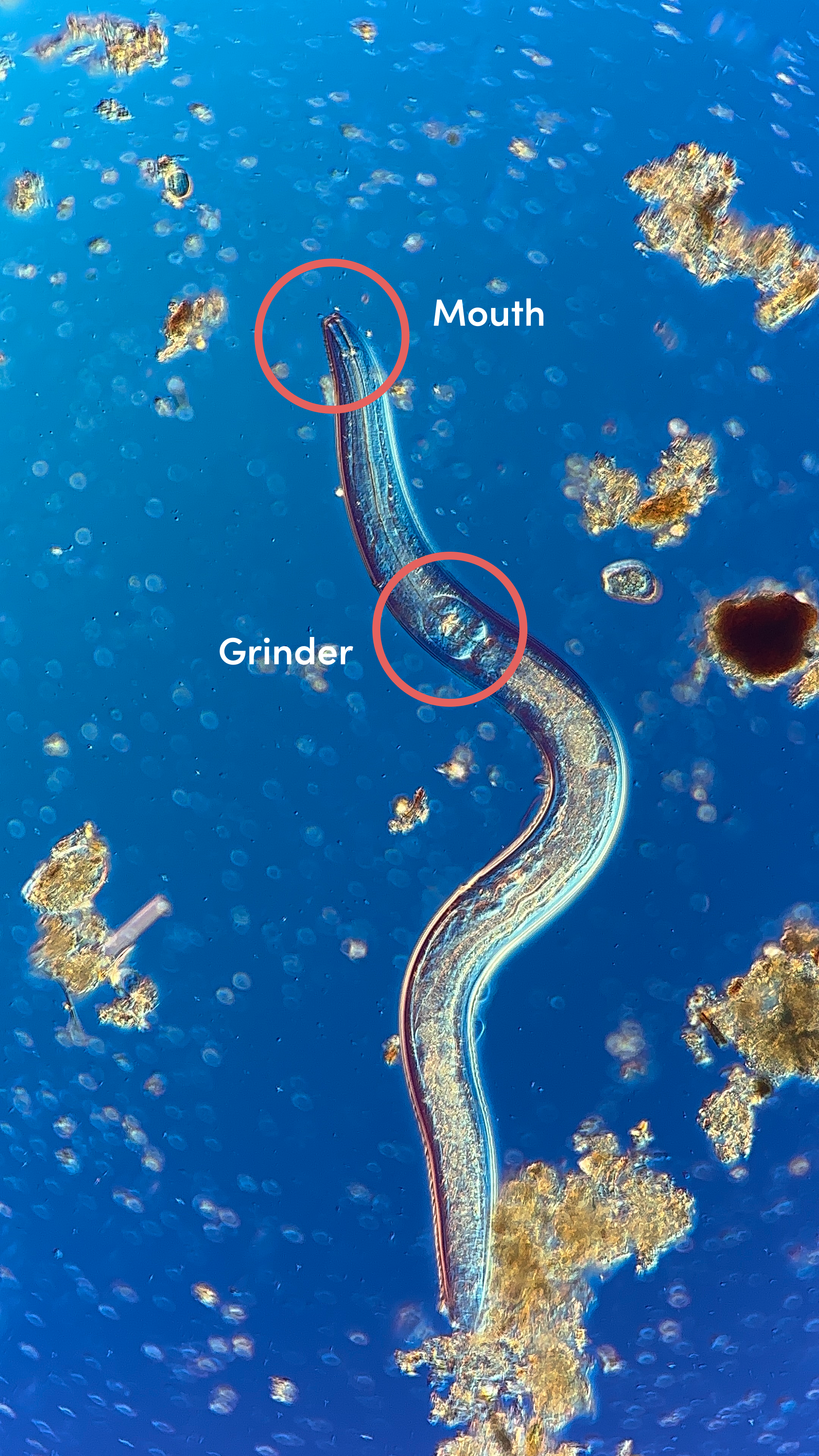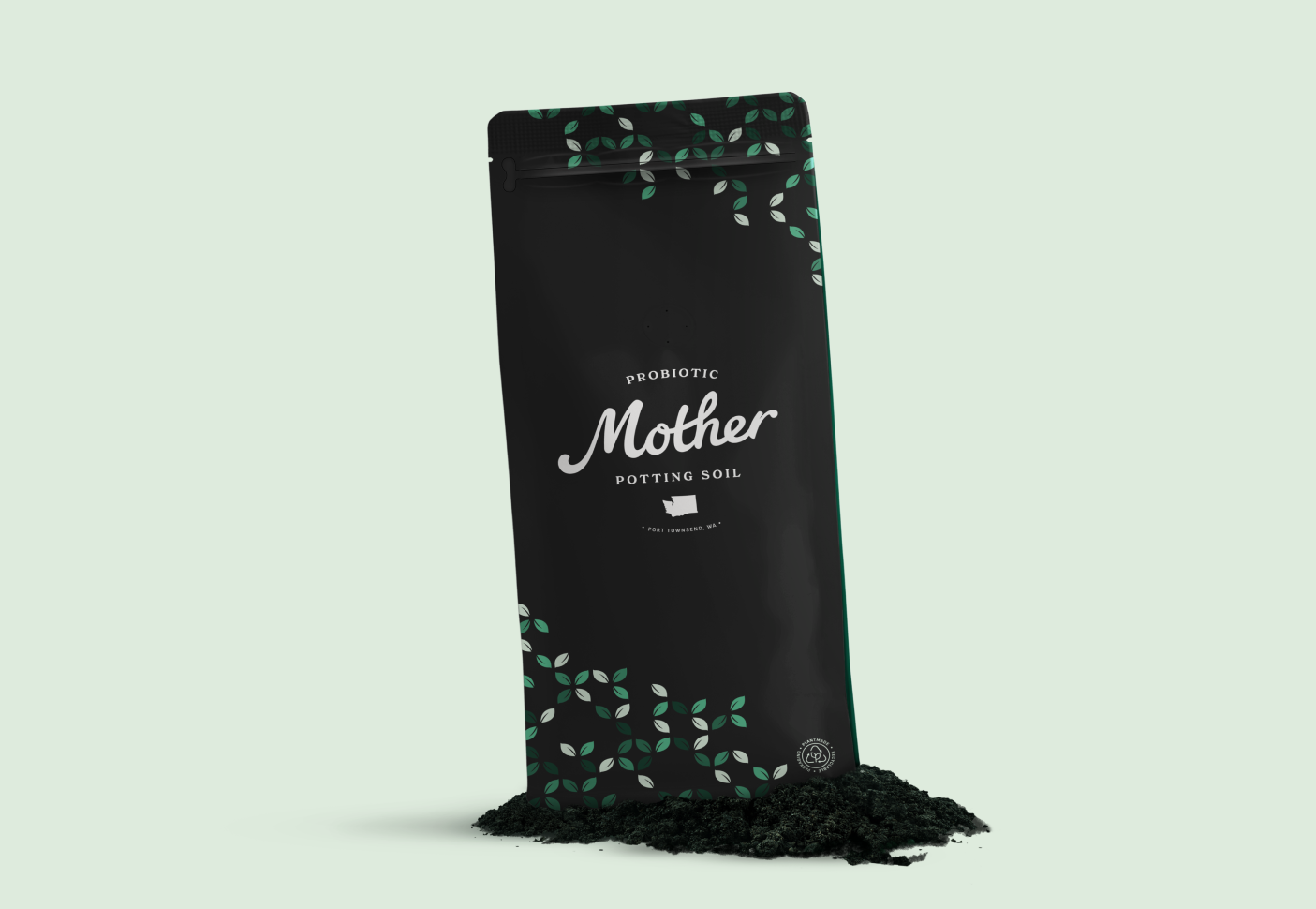
Probiotics are beneficial microbes
Probiotics are beneficial microorganisms that are good for humans, and pets. But did you know that plants can rely on beneficial microbes too?
Our probiotic soil has a healthy soil microbiome. This system breaks down organic matter and makes the nutrients available for plants to use. These beneficial microbes provide plants with nutrition, defenses and a way to communicate with each other.
Honey I shrunk our customers
Ready to shrink down to microscopic size?
We're going to take you on a journey in our soil through a microscope. Here we go!
Behind us are beneficial bacteria and fungi.
Bacteria and Fungi are how your plants can control what it needs. They break down nutrients from organic matter and make it available for the plants, a process known as nutrient cycling. Plants invest some of the sugars and carbs they produce during photosynthesis back into the soil to feed bacteria and fungi. This causes the population of bacteria and fungi to increase dramatically. The bacteria and fungi then break down the nutrients from the soil by consuming them.
Doing okay? Sweet let's continue our tiny safari.
Next up, we're going to take a look at the microscopic predators that feed on the bacteria and fungi.
Oooh look it's a ciliate and a beneficial nematode!
Predators like the nematode and ciliate feed on bacteria and fungi. The waste they leave behind contains abundant nutrients for the plant to absorb through its roots. This process results in well-nourished, resilient plants. By varying the compounds that plants release into the soil, the plants can choose what nutrients it needs when it needs them.

This is a nematode that feeds on bacteria.
The mouth and esophagus working as the nematode feeds on bacteria. The mouth is shaped to suck in bacteria while the grinder crushes and chews the ingested bacteria.
By feeding on bacteria, nematodes contribute in nutrient cycling, especially in nitrogen mineralization. They transform organic nitrogen molecules from bacteria (like proteins) into an inorganic, or mineral form of nitrogen (ammonium) which will later be assimilated by plants.
A healthy microbiome means far less fertilizer usage, and far more happy and healthy plants!

Probiotic Soil creates healthy soil structure
A well structured soil allows for plenty of porous spaces for both water and oxygen, and this creates the best environment for beneficial microbes to thrive. Good structure allows plant roots to grow freely through the soil.
Beneficial bacteria and fungi produce a sticky glues which make it easier for them to adhere to the soil. These glues better retain both moisture and nutrients in the soil. Macro-arthropods like springtails also create tunnels through the soil promoting an oxygen rich environment for the microbes.
A healthy soil microbiome can also help protect against pest and diseases.
Whoa - it protects against pests too?!
Yes! A healthy soil microbiome thrives in an oxygen rich environment. Most of the bad guys that cause pest and disease, usually result from anaerobic microbes, thrive when there is no oxygen. In an oxygen rich environment, the beneficial microbes easily outcompete the anaerobic microbes for food.

Mother: A set it and forget it ecosystem for your plants.
We made Mother so your houseplants can feel like they’re back in nature. They’ll grow and thrive like they’re out in the wild. Little will they ever know that they’re still trapped in your cute little home.


